
FutureFactual
@FutureFactual
Your Science and Tech Hub 🔬 Get ready to learn something new. Curated by experts. Powered by AI. Made for curious minds.
Hello science world! We're FutureFactual and we want to help you find the next great thing you want to read, watch or listen to. We believe learning about science and technology should be as easy as scrolling on social media, except WAY more trustworthy.
🔍 Read: High-frequency sounds produced by snapping shrimp, particularly at night, can serve as an effective indicator of coral reef resilience, according to research published in the journal Royal Society Open Science. phys.org/news/2025-07-s…

🔍 Read: Fossils of some of Earth’s earliest animals have been found in one of the world’s most spectacular sites: North America’s Grand Canyon. cosmosmagazine.com/history/palaeo…

🔍 Read: Researchers have developed a novel method to detect and study how ice forms in mixed-phase clouds, significantly boosting scientists' ability to forecast weather and model climate change. phys.org/news/2025-07-r…
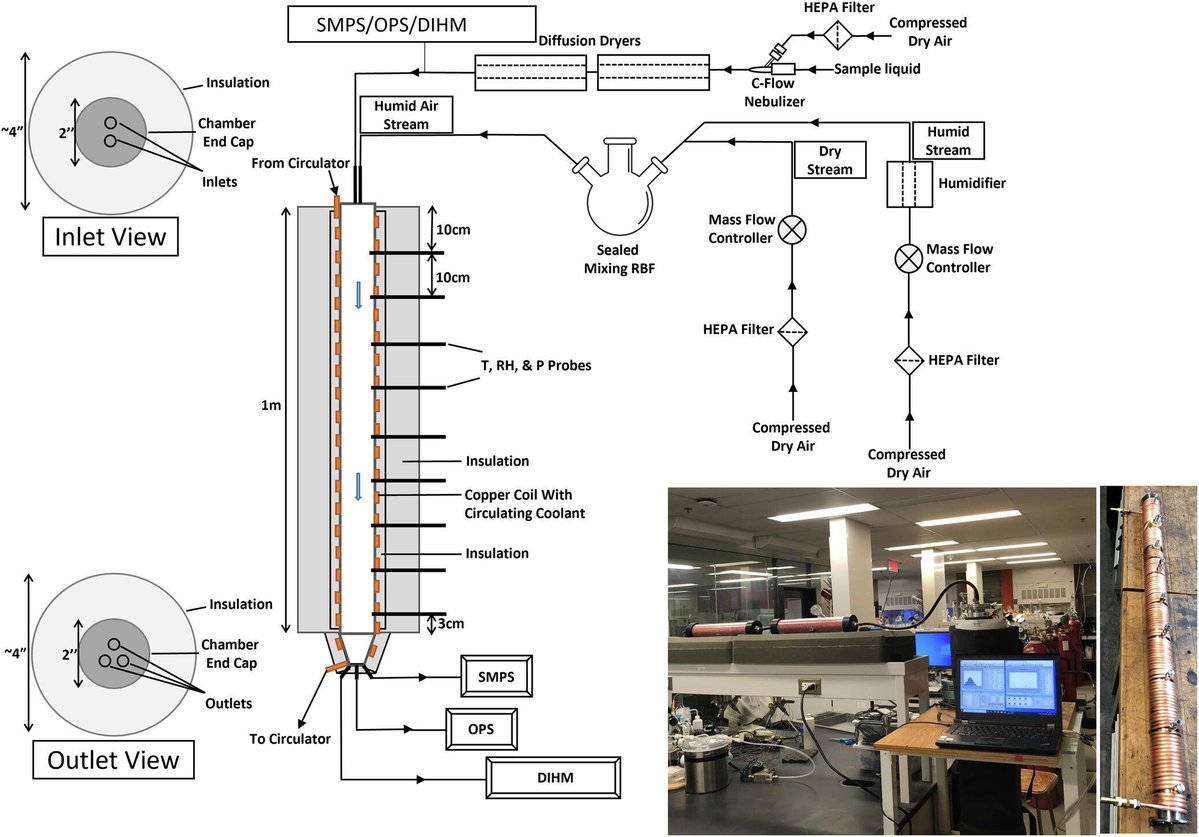
🔍 Read: It’s been more than 2 decades since the human genome was mapped for the first time. This achievement, while tremendous at the time, was based on the DNA of only a handful of people and left important regions fragmented. cosmosmagazine.com/science/human-…
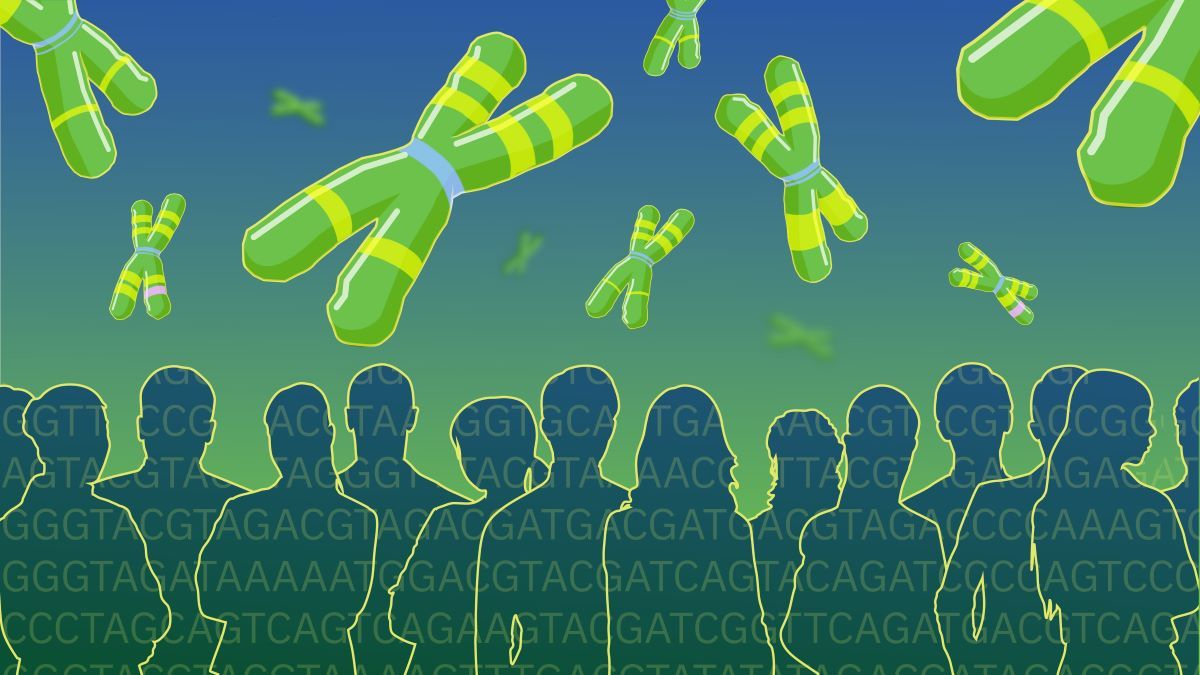
🔍 Read: A 500-million-year-old sea creature called Mollisonia shared a similar brain structure to modern spiders, suggesting that arachnids first evolved in the sea. newscientist.com/article/248918…
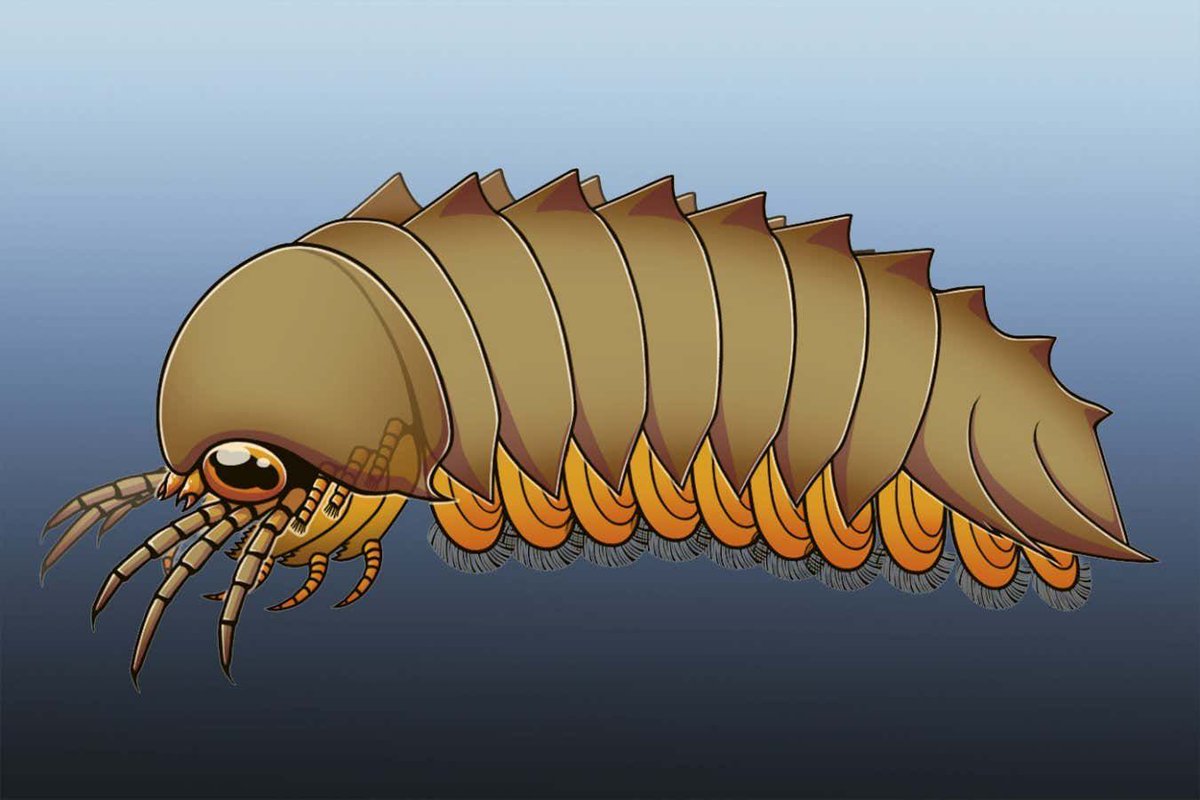
🔍 Read: For the more than 7 per cent of people over the age of 20 who don’t have any of their own teeth, the only option is artificial substitutes. But an era of regrowing living teeth may now be almost upon us. newscientist.com/article/248755…

🔍 Read: Leaf-toed geckos were thought to be locally extinct on Rabida Island, but the diminutive reptiles have re-emerged after a campaign to eliminate invasive rats. newscientist.com/article/248902…
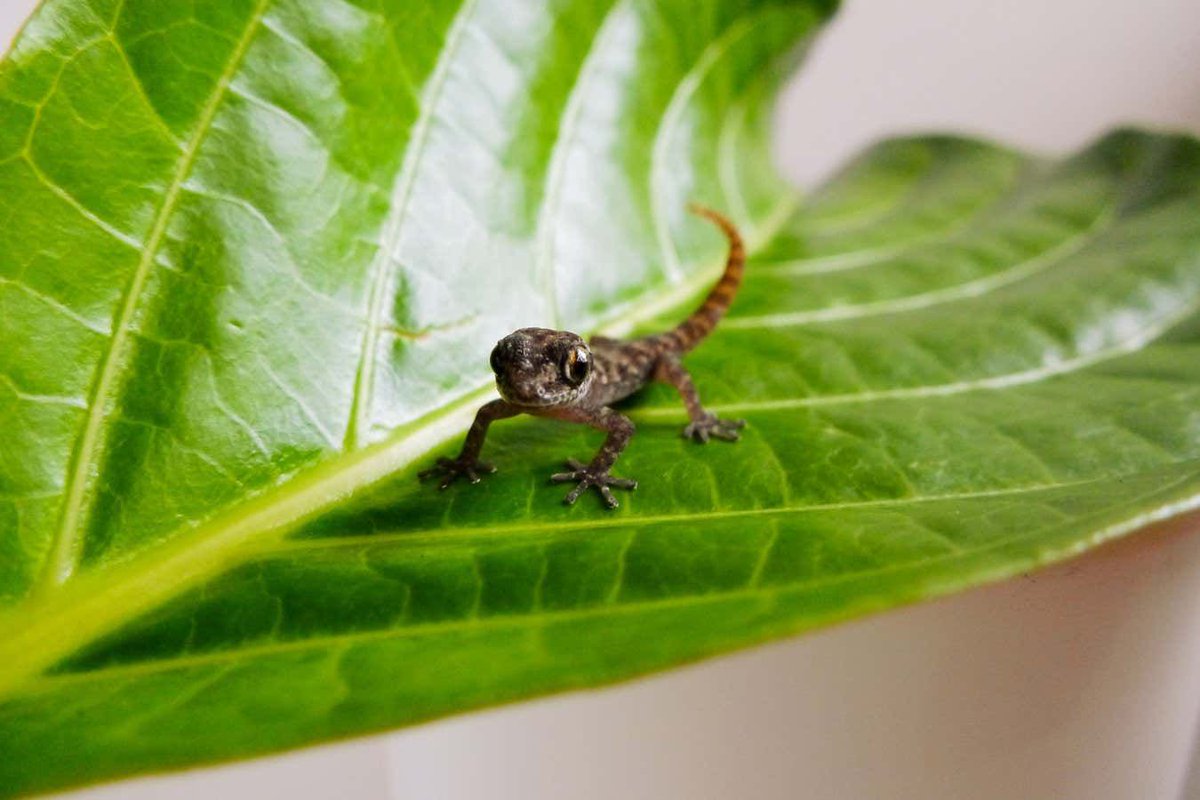
🔍 Read: Like humans, animals can become stressed when trying to lead a group of peers in a particular direction, a new study from The Australian National University (ANU) has shown. phys.org/news/2025-07-a…
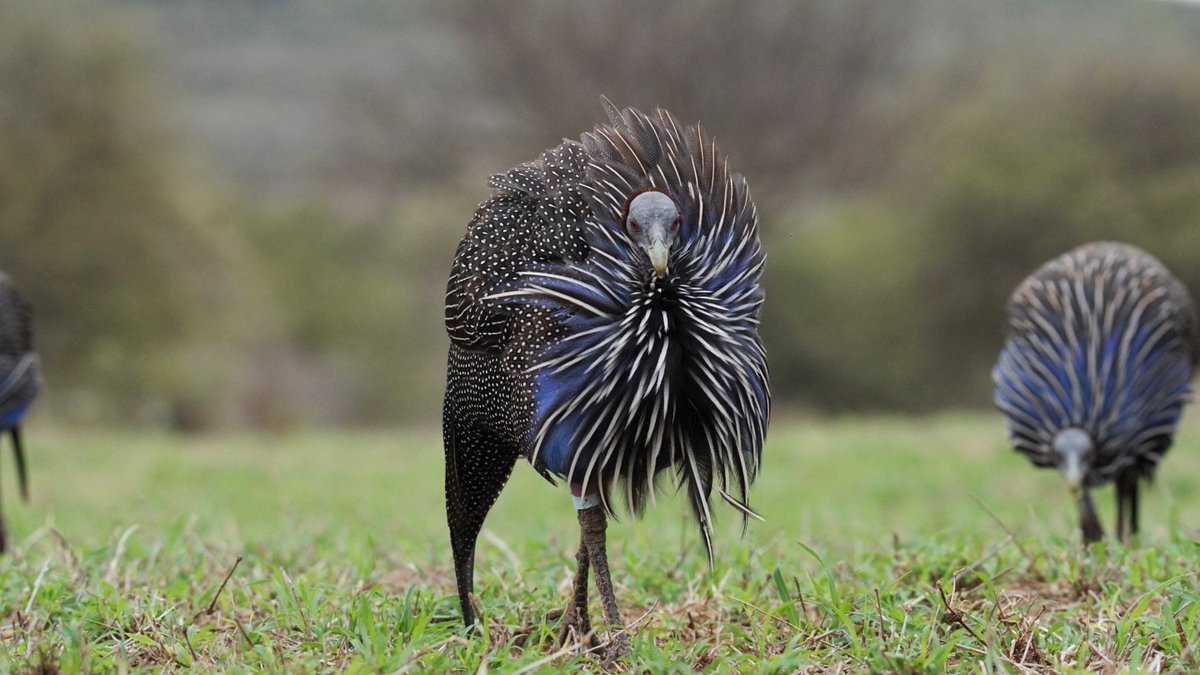
🔍 Read: Astronomers have characterized the atmosphere of a young transiting exoplanet and found it to be unusual. By analyzing the planet's atmospheric features, they were able to precisely surpass traditional dynamical techniques. phys.org/news/2025-07-p…
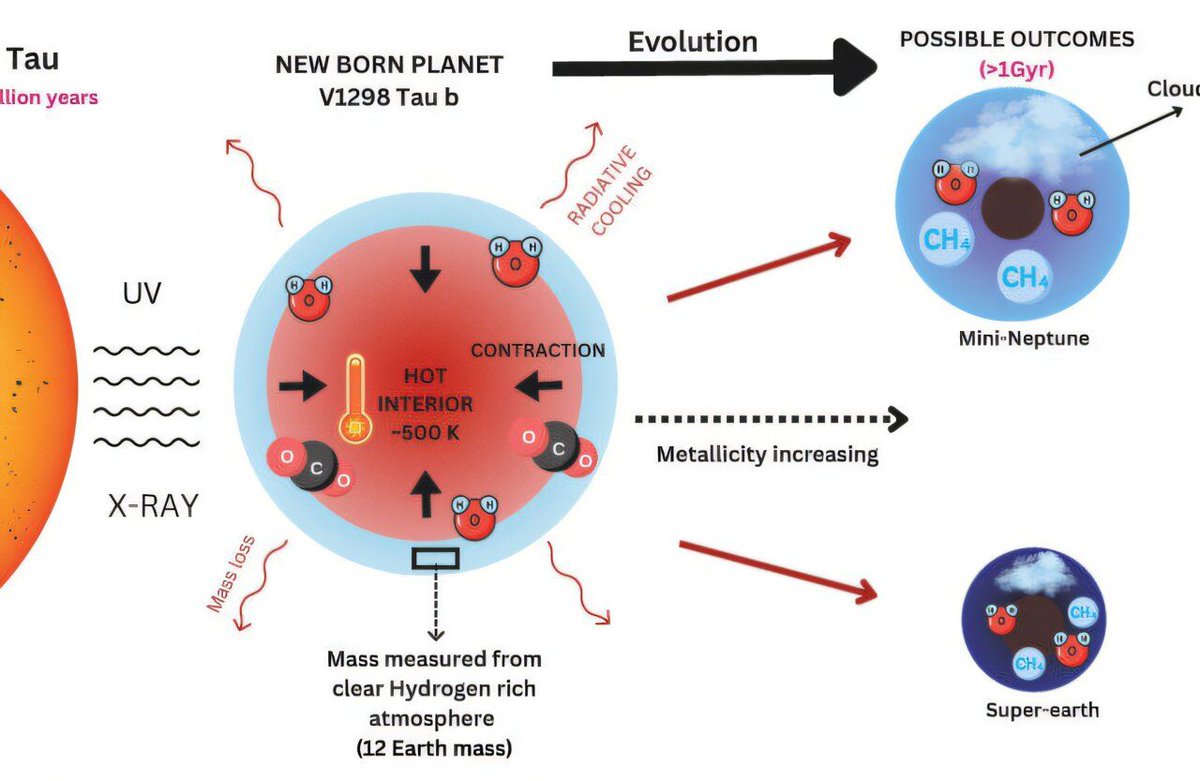
🔍 Read: In a new study, researchers at the University of Maryland Baltimore County (UMBC) developed a new way to predict 2D materials that might transform electronics. phys.org/news/2025-07-m…
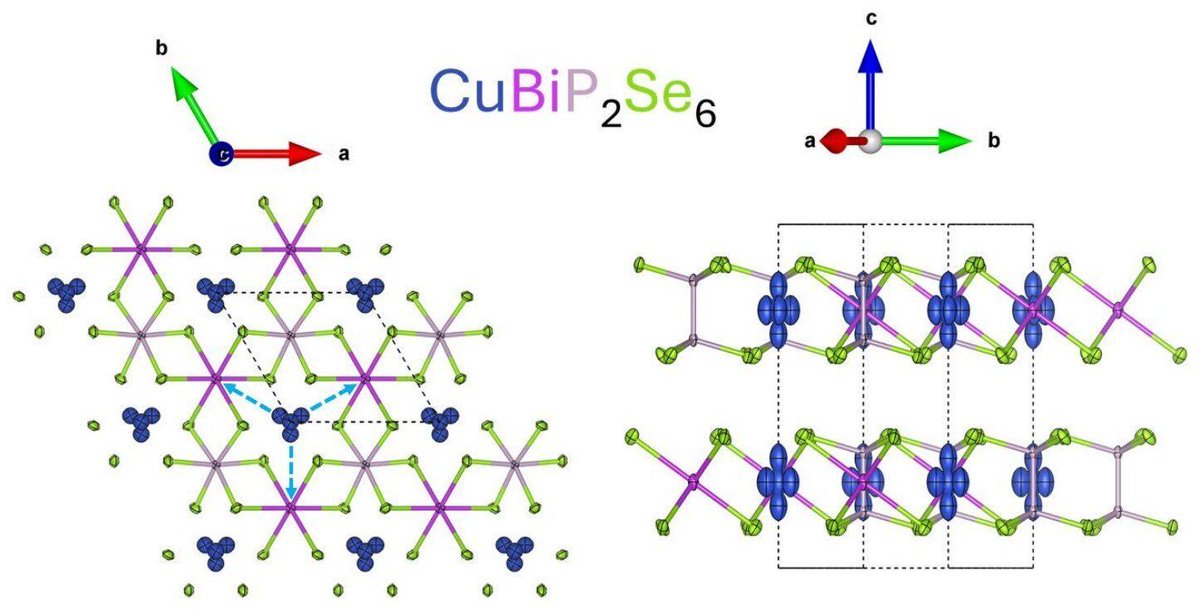
🔍 Read: Analysis of the dental wear on sauropods has revealed not only what the biggest dinosaurs ate but also provides a picture of the ecosystems they lived in 150 million years ago. cosmosmagazine.com/history/palaeo…

🔍 Read: A 13-million-year-old leg bone from an enormous flightless bird carries crocodilian tooth marks, showing South America was once a predator-eat-predator world. newscientist.com/article/248911…
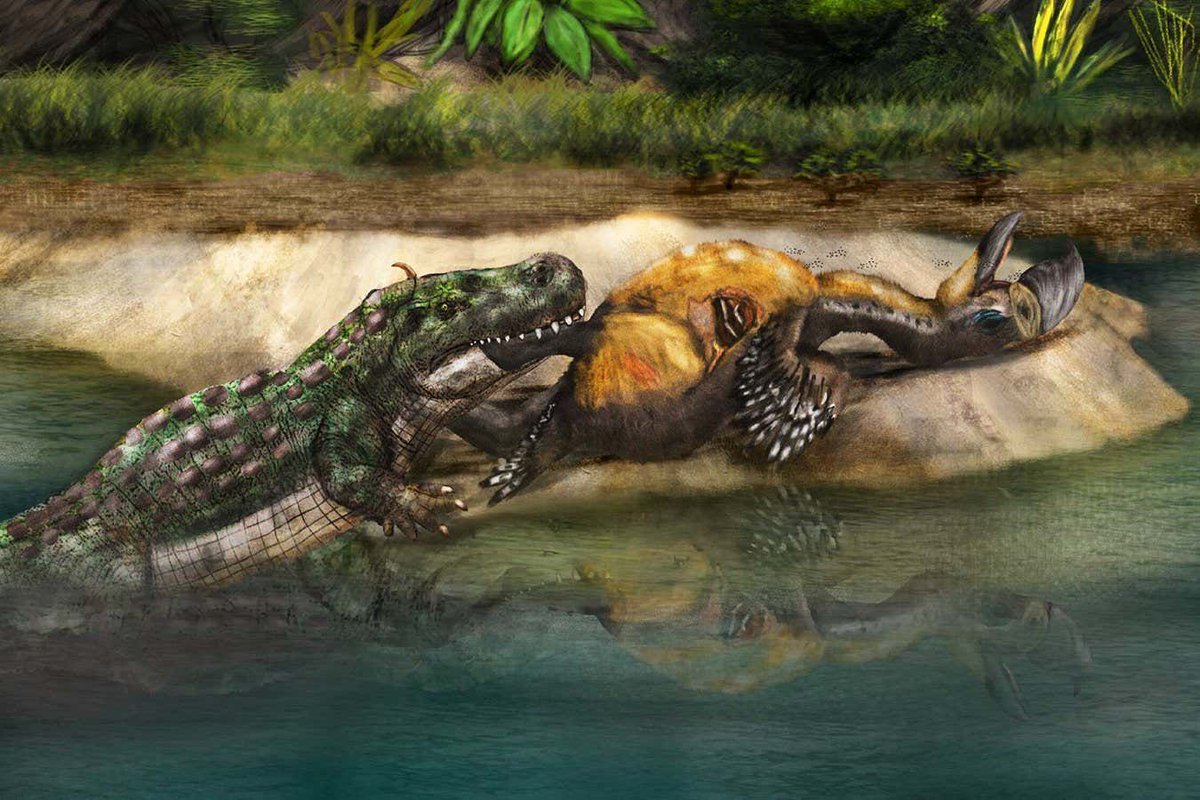
🔍 Read: Speeding up chemical reactions is key to improving industrial processes or mitigating unwanted or harmful waste. Realizing these improvements requires that chemists design around documented reaction pathways. phys.org/news/2025-07-u…
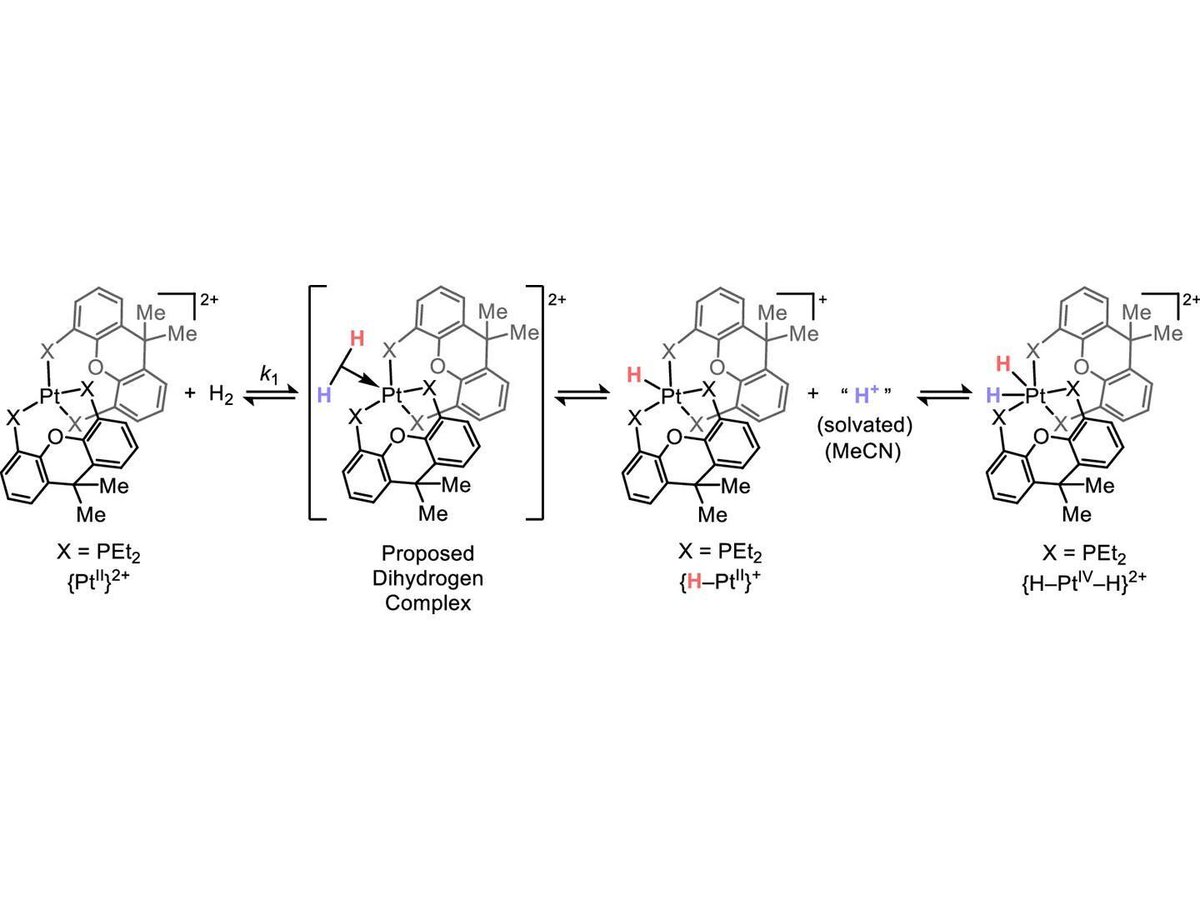
🔍 Read: In a twist worthy of a detective novel, a long-misidentified fossil at Harvard's Museum of Comparative Zoology (MCZ) has emerged as a key discovery in early animal evolution. phys.org/news/2025-07-f…

📺 Watch: What was the biggest volcanic eruption of all time? Was it a huge explosion like Mt. Tambora? Not even close. In this episode, SciShow takes on the biggest volcanic eruptions to ever happen. youtube.com/watch?v=ajmMAF…
🔍 Read: It's a pretty risky business trying to take a blood sample from a polar bear—one of the most dangerous predators on the planet—on an Arctic ice floe. phys.org/news/2025-07-e…
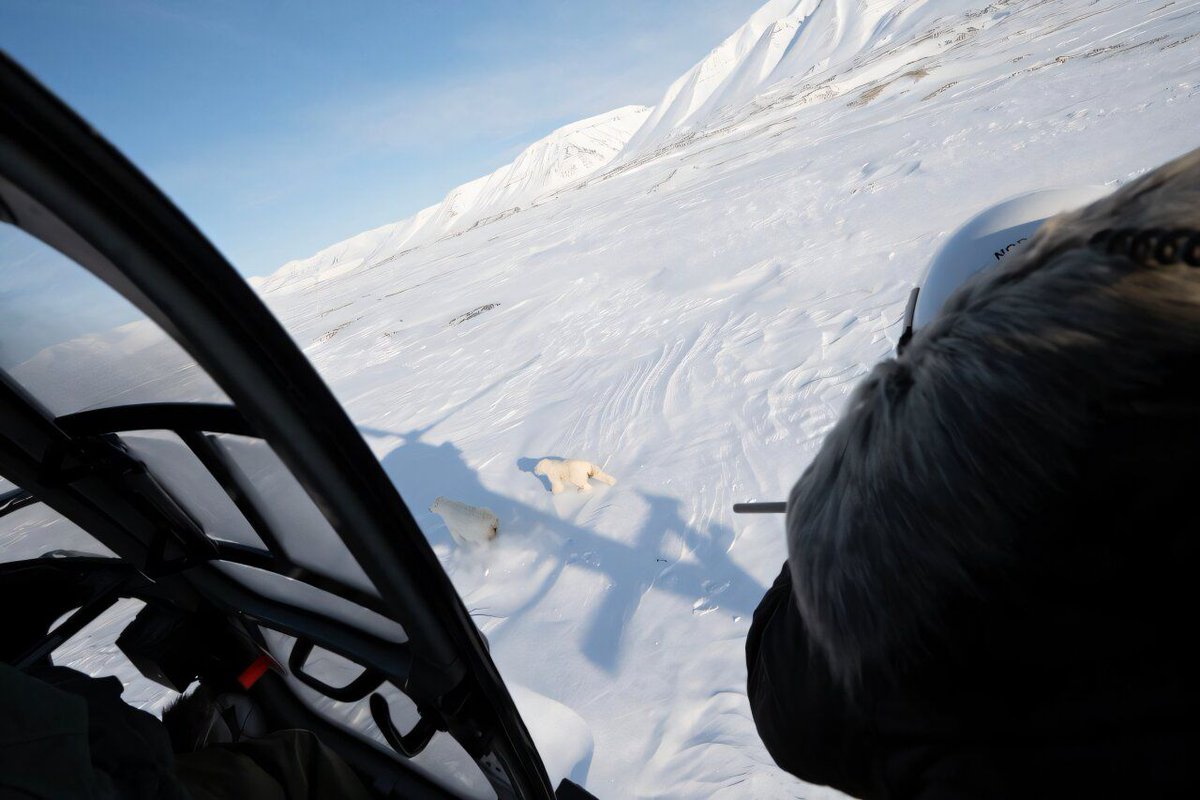
🔍 Read: In living organisms today, complex molecules like RNA and DNA are constructed with the help of enzymes. So how did these molecules form before life (and enzymes) existed? phys.org/news/2025-07-r…
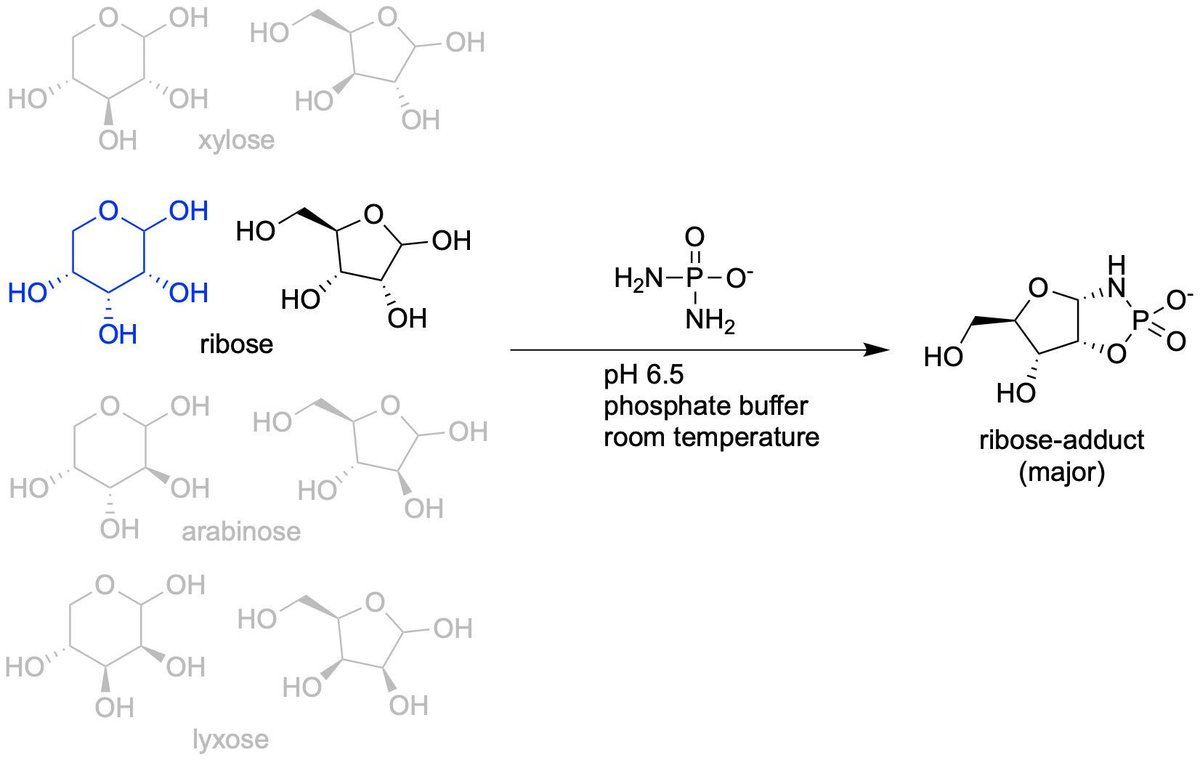
🔍 Read: Hong Kong Polytechnic University scientists report that multigenerational exposure to microplastic-contaminated prey reverses natural food preferences in nematodes, revealing a learned attraction to contaminated prey. phys.org/news/2025-07-n…
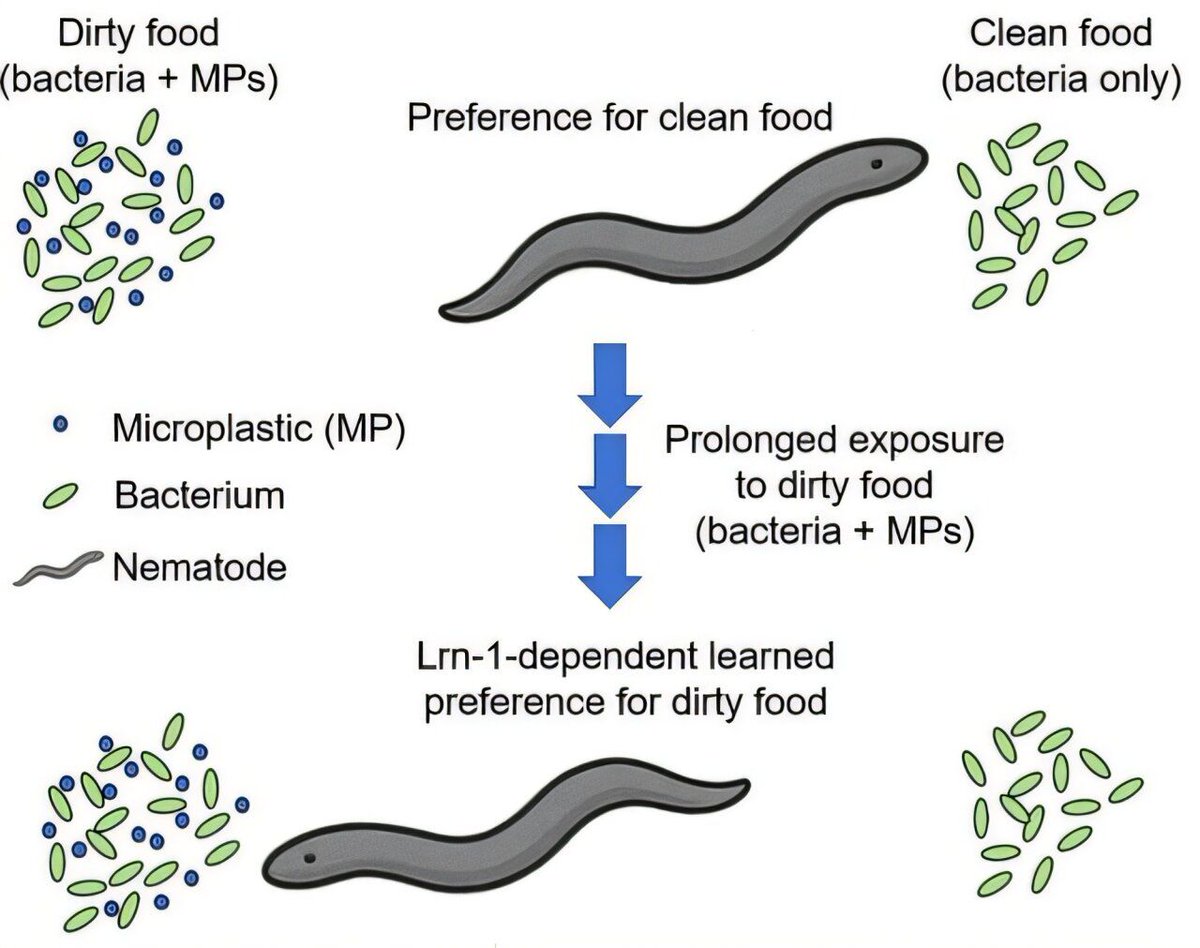
🔍 Read: Did you know that some of the barnacles that attach to other animals are not just hitching a ride—they actually hijack their host? phys.org/news/2025-07-c…
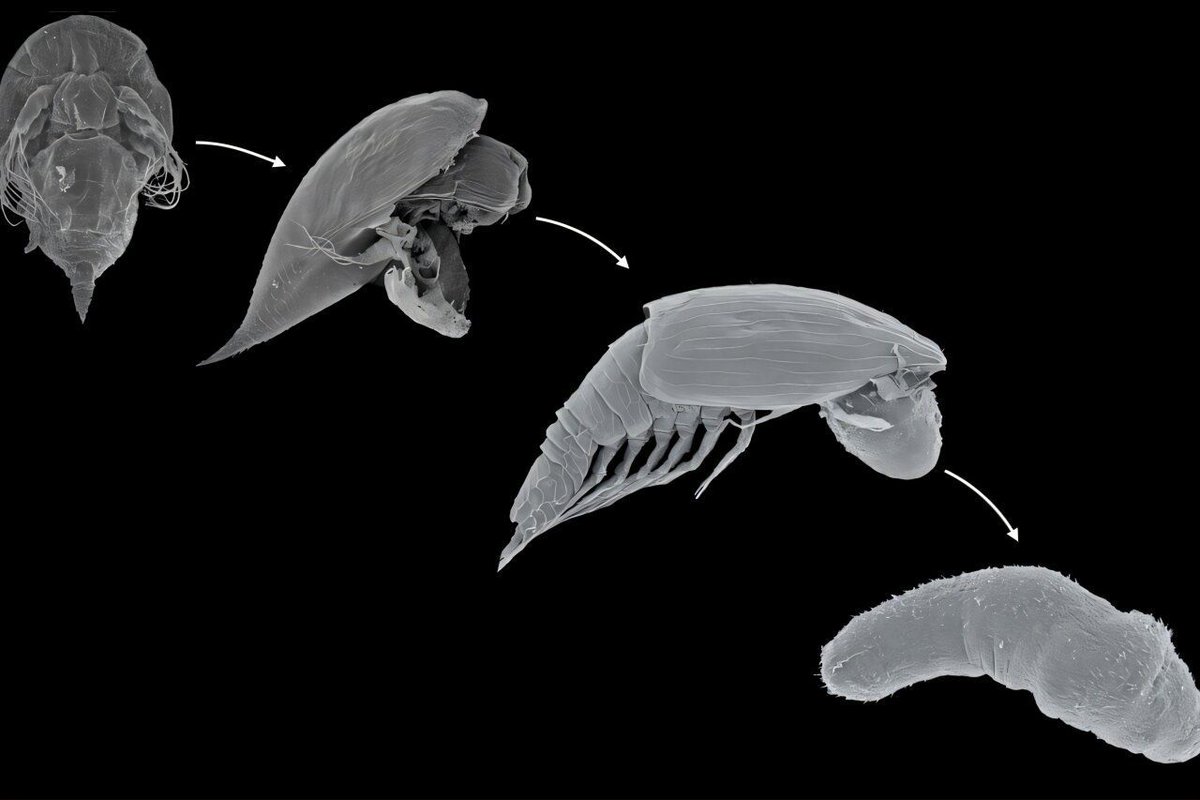
🔍 Read: Sweat covers Isaac Barnes's face under his beekeeper's veil as he hauls boxes of honeycomb from his hives to his truck. It's a workout in what feels like a sauna as the late-morning June temperatures rise. phys.org/news/2025-07-b…
